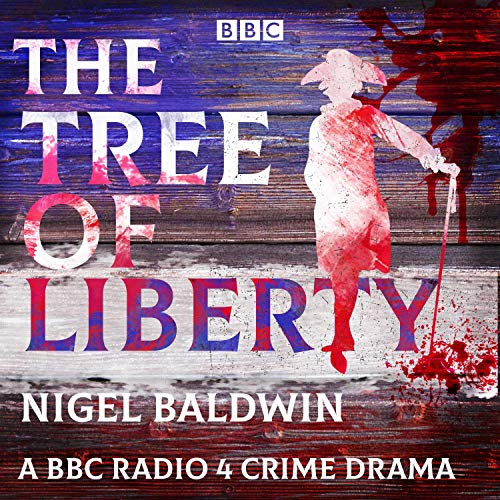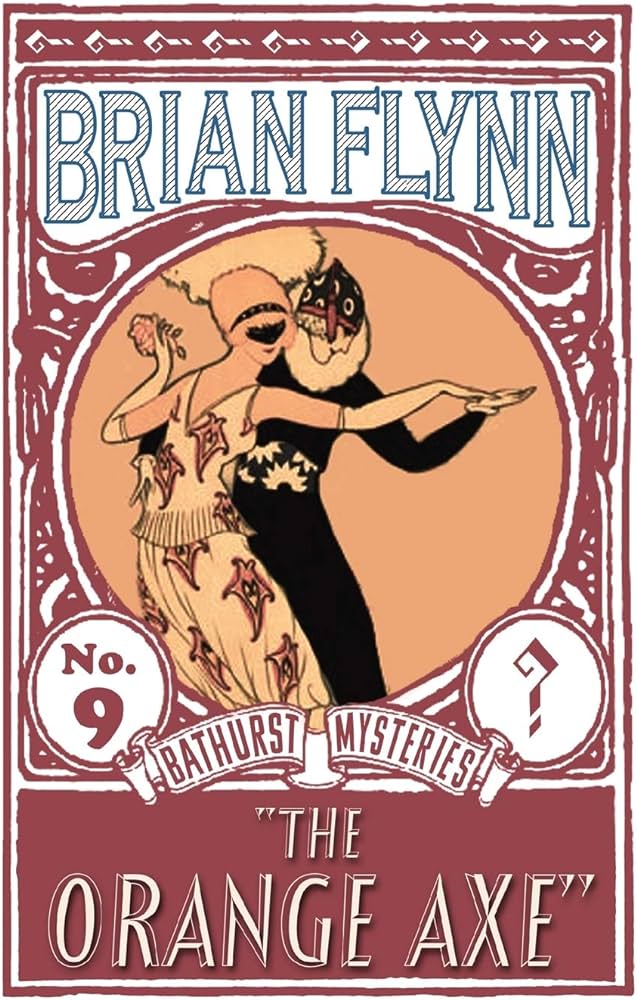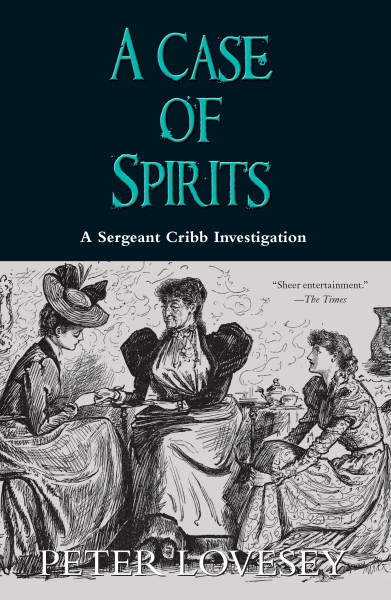
Originally published in 1933
Superintendent Wilson #10
Preceded by A Lesson in Crime
Followed by Death in the Quarry
It is said that dead men tell no tales, but sometimes sudden death is the means of bringing well-hidden tales to light. It is so in this story; for out of the seemingly accidental death of the unknown old man who called on Philip Blakeway at Hampstead comes the clearing-up of an old crime. How Captain John Jay really died, how Ann Burton set out to look for her missing father, and how Superintendent Wilson unravelled the tangle, you will read in this book, in which you will find not only a detective story in Mr. and Mrs. Cole’s best manner, but also another example of their habit of writing about people who behave like real men and women, and not merely figures whom the author moves about at his pleasure.
After several years of financial worries, Philip Blakeway seems to finally be living comfortably. He has married a wealthy widow who is able to keep him and sustain his business, though he could easily afford to live a life of leisure. Even her children’s lack of warmth towards him does not seem to seriously bother him and he hopes to make some progress with his relationship with her son while she is away for a few days.
All that comfort seems to evaporate however when he spots a seafaring man at a religious gathering while out on a walk – a situation that becomes even more worrying when that man follows him home and asks for an audience. Blakeway asks for the man to be shown into his library and gives the servants the night off, even though he will be having a few friends over later that evening. He goes ahead with the party as planned, staging a scene where he happens upon the mariner robbing his bedroom and they struggle, causing the mariner’s gun to go off and kill him. We know however that this is murder – what we do not know is why Philip felt driven to commit the act.
I first learned about this book several months ago in the chapter on Inverted Mysteries in Martin Edwards’ The Story of Classic Crime in 100 Books. While Edwards’ short essay on the book is not exactly glowing, he describes it as ‘good enough’ to make it feel disappointing that the authors did not return to the form. Always keen to try a new author’s take on this type of story, particularly those from the Golden Age, I couldn’t resist snapping up a copy. I am pretty sure I did so before I even finished the article.
The book gets off to a strong start with a chapter that establishes Blakeway and his new lifestyle. While it is quite clear that we are not given the full story and that secrets are lurking in his past, this chapter does help to give us a sense of the man and what he values. It also goes some way to laying the foundations for the later revelations about his past and his relationship to the man who will be murdered.
By choosing to give us this introduction and the events leading up to the meeting with the victim at his home before jumping forwards a few hours, picking up the story at the moment of the shooting, the authors add an additional layer of mystery to the proceedings. We can infer from the circumstances of that meeting that the victim posed some sort of threat to Blakeway and his security yet we do not know the nature of that threat or whether those secrets truly died with the mariner. Nor do we really know much about the victim himself beyond a physical description and our knowledge of the fear he creates in Blakeway. In short, this choice to not show us exactly what happened works pretty well to build a sense of uncertainty and emphasize that the book’s central questions relate to the relationship between those two men.
We then follow Blakeway as he answers police questions and then receives a blackmail request. This is a relatively common plot point in this sort of mystery and it often inspires additional plot developments but here the authors do not really exploit it. After being raised near the start of the novel, this plot point really slips out of view to the extent that, when it was referenced again late in the book it had completely slipped from my mind.
The reason it slipped my mind and struck me as pretty unimportant reflects that the bulk of the novel feels really rather unstructured. While we might think of those middle chapters of the novel as showing how Blakeway responds to some external pressures, the story seems to ooze towards its conclusion rather than feel like it is being driven towards it. There is a sense of a building series of pressures but no sense of an antagonist for Blakeway to pitch his wits against or the need to construct a cover-up. While that may be realistic, it does not make for particularly compelling storytelling. The entry of Superintendent Wilson late in the day does little to help this.
Martin Edwards describes him as dull and I cannot really disagree. His role in this story is fairly minimal, reflecting that he is brought into the affair late in the day, but he does not have much personality or bring much force to bear on the investigation. He really just works out a probable (and correct) explanation from a distance. Even that however feels rather anticlimactic and, once again, it never feels as if he is engaged with the other characters in the story.
While the process of getting to the explanation is rather dry, the content of that explanation is rather more interesting. I was certainly surprised to learn one element motivating the crime which is fairly clued and was intrigued to see how another character would respond. It sets up an interesting final few chapters that feel less predictable than what has come before while not losing sight of the characters or the relationships that had been established earlier in the novel.
As interesting as the start and end of the novel are, I feel that I cannot really recommend it. It is not just that the plotting is sometimes a little loose with some elements, like the threat of blackmail, being raised but then forgotten for much of the story. I think the problems lie in the choice to prevent the reader from really getting to know Blakeway. Following the murder he seems emotionally remote, even when we are being shown how he is responding to events. That works in terms of sustaining the mystery about why he has resorted to murder but it does mean that for much of the book the character feels more like a cipher than a fully-dimensional person and I think it kept me from really caring about his fate.
The Verdict: An intriguing inverted story scenario is spoiled by a dull investigation and a lack of interest in exploring the character of its killer. Ends strong but takes too long getting there.
Have you read anything by the Coles? If so, what is your opinion of their writing? Are there any books you would recommend to me?




Leave a comment